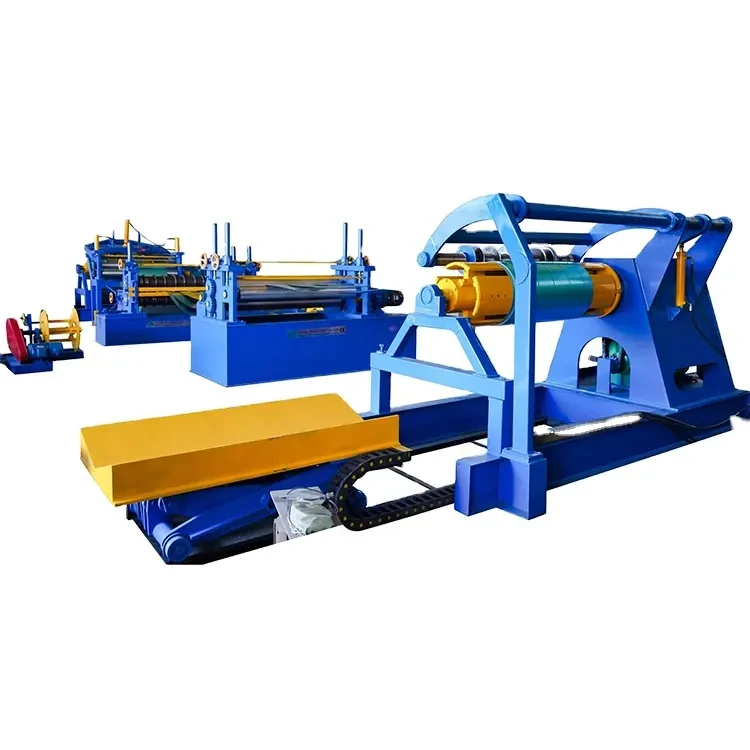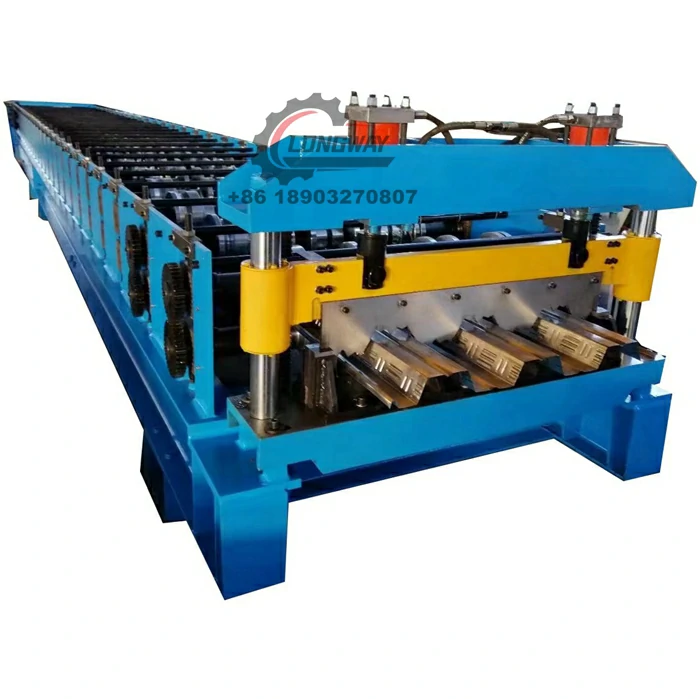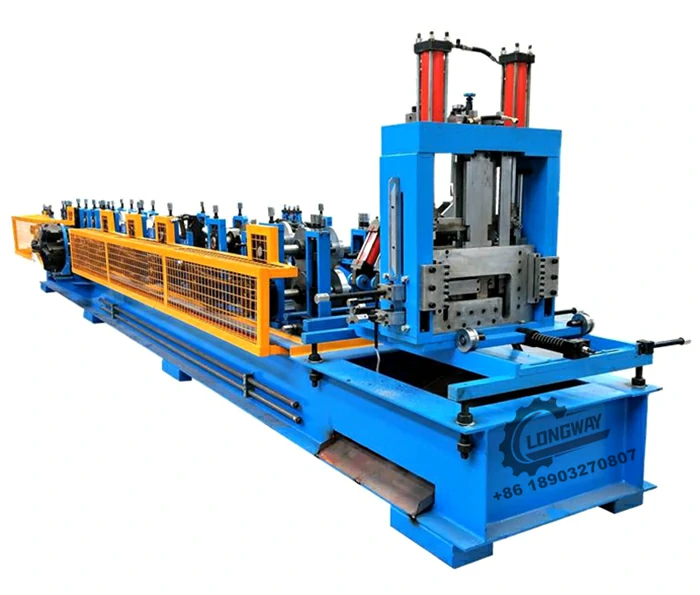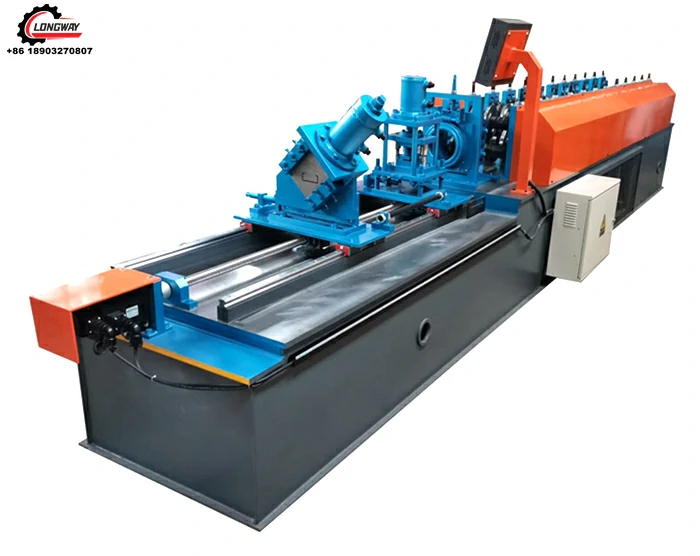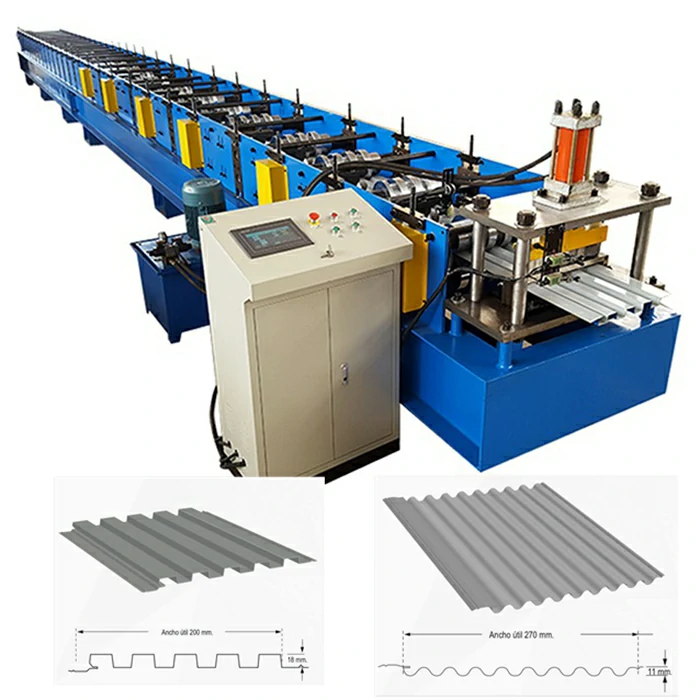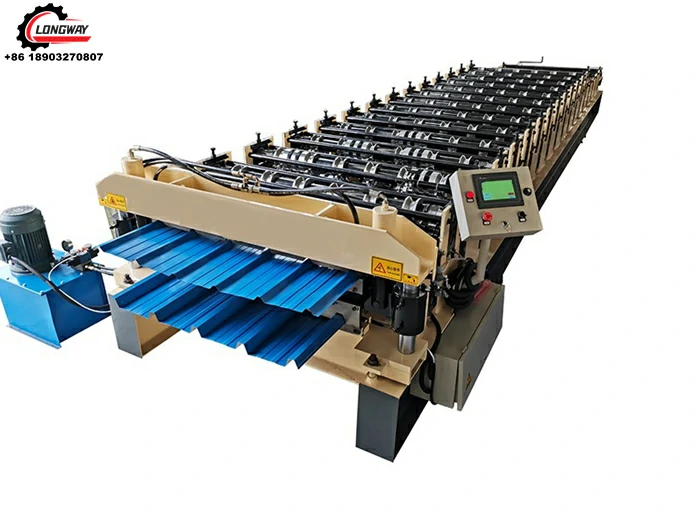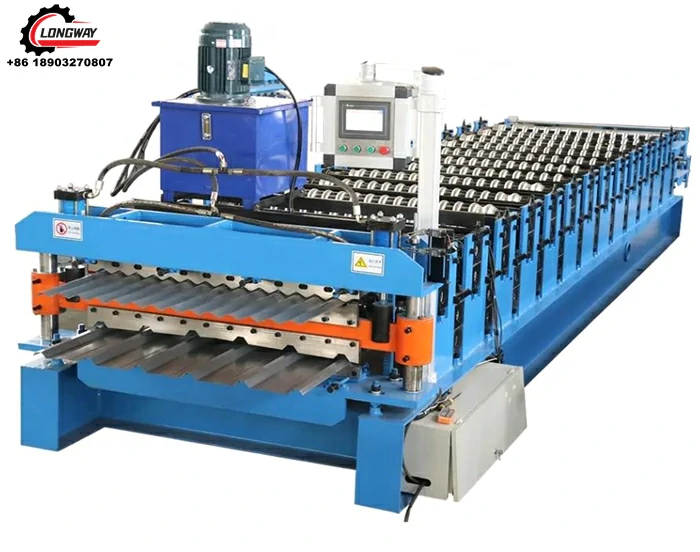Innovative Techniques in Custom Cold Roll Forming for Enhanced Manufacturing Efficiency
Custom Cold Roll Forming An Overview
Cold roll forming, a process integral to the manufacturing sector, is the technique of shaping metal into desired profiles without the application of heat. Instead, this method utilizes the inherent properties of the metal, altering its form by passing it through a series of rollers. This innovative technique is ideal for producing custom profiles with high precision, consistency, and efficiency, making it a favored choice across various industries, including automotive, construction, electronics, and more.
The Process of Cold Roll Forming
The cold roll forming process commences with flat metal sheets or coils, usually made from materials like steel, aluminum, or other alloys. These materials are prepared and fed into a set of rollers that gradually alter their shape. The first step involves designing a specific profile or cross-section that the final product will take. This design is crucial, as it dictates how the material will flow through the machine during the forming process.
The materials are generally passed through a series of progressively shaped rollers. Each roller slightly changes the shape of the metal, cumulatively bending it into the required profile. This method not only enhances the structural integrity of the material but also optimizes its mechanical properties, resulting in finished products that can withstand considerable stress and fatigue.
Advantages of Custom Cold Roll Forming
1. Precision and Consistency One of the major benefits of cold roll forming is its ability to produce highly precise and consistent profiles. Each product is generated with tight tolerances, ensuring uniformity across large production runs. This is particularly advantageous for industries that require parts to fit together seamlessly, such as automotive and aerospace manufacturing.
2. Material Efficiency Cold roll forming minimizes material waste. Traditional methods may involve cutting away excess material, whereas cold roll forming works with the full length of the metal strip, reducing the amount of scrap generated. This efficiency can lead to significant cost savings for manufacturers.
custom cold roll forming
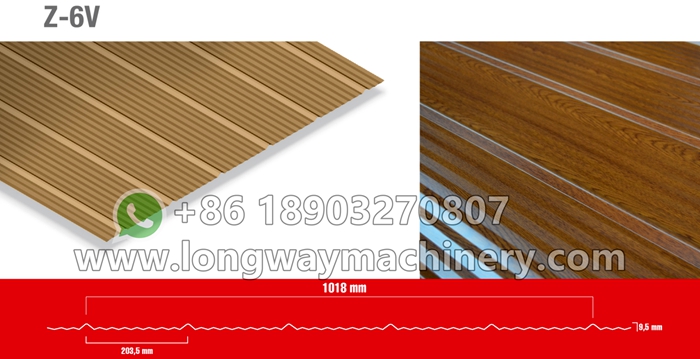
3. Versatility in Design The versatility of cold roll forming allows for a vast range of profiles, from simple shapes like angles and channels to complex geometries that may be difficult to achieve with other methods. Additionally, custom designs can be easily developed, enabling manufacturers to meet specific client requirements effectively.
4. Strength and Durability Cold working the metal during the forming process increases its strength. The system introduces work hardening, making the material more resilient under stress. This property is particularly beneficial for products that need to withstand harsh environments and heavy loads.
5. High Production Rates Cold roll forming is highly efficient for mass production. The continuous nature of the process allows for the rapid creation of parts, reducing lead times and costs associated with manufacturing. Once a tooling setup is established, manufacturers can produce parts at remarkably high speeds without compromising quality.
Applications of Custom Cold Roll Forming
Custom cold roll forming finds applications in numerous sectors. In the automotive industry, it is used for producing components such as chassis parts, brackets, and framework that require high strength-to-weight ratios. The construction sector utilizes cold-formed steel in framing, roofing, and other structural applications, maximizing material efficiency while ensuring safety and performance.
Electronics manufacturers also benefit from cold roll forming for producing enclosures, heat sinks, and brackets, as precise and durable components are critical in ensuring the functionality and longevity of electronic devices. Additionally, custom cold roll forming is used in furniture production, delivering both aesthetic appeal and structural integrity.
Conclusion
In today's competitive landscape, the demand for high-quality, custom-made parts is ever-increasing. Custom cold roll forming rises to meet this challenge, providing manufacturers with a reliable, efficient method to produce parts that adhere to strict specifications while minimizing waste and reducing costs. As technology continues to evolve and industries push the boundaries of engineering, the importance of custom cold roll forming will only grow, solidifying its place as an essential manufacturing technique. Its blend of precision, efficiency, and versatility makes it an indispensable tool in the modern manufacturing arsenal.
-
Roof Panel Machines: Buying Guide, Types, and PricingNewsJul.04, 2025
-
Purlin Machines: Types, Features, and Pricing GuideNewsJul.04, 2025
-
Metal Embossing Machines: Types, Applications, and Buying GuideNewsJul.04, 2025
-
Gutter Machines: Features, Types, and Cost BreakdownNewsJul.04, 2025
-
Cut to Length Line: Overview, Equipment, and Buying GuideNewsJul.04, 2025
-
Auto Stacker: Features, Applications, and Cost BreakdownNewsJul.04, 2025
-
Top Drywall Profile Machine Models for SaleNewsJun.05, 2025

